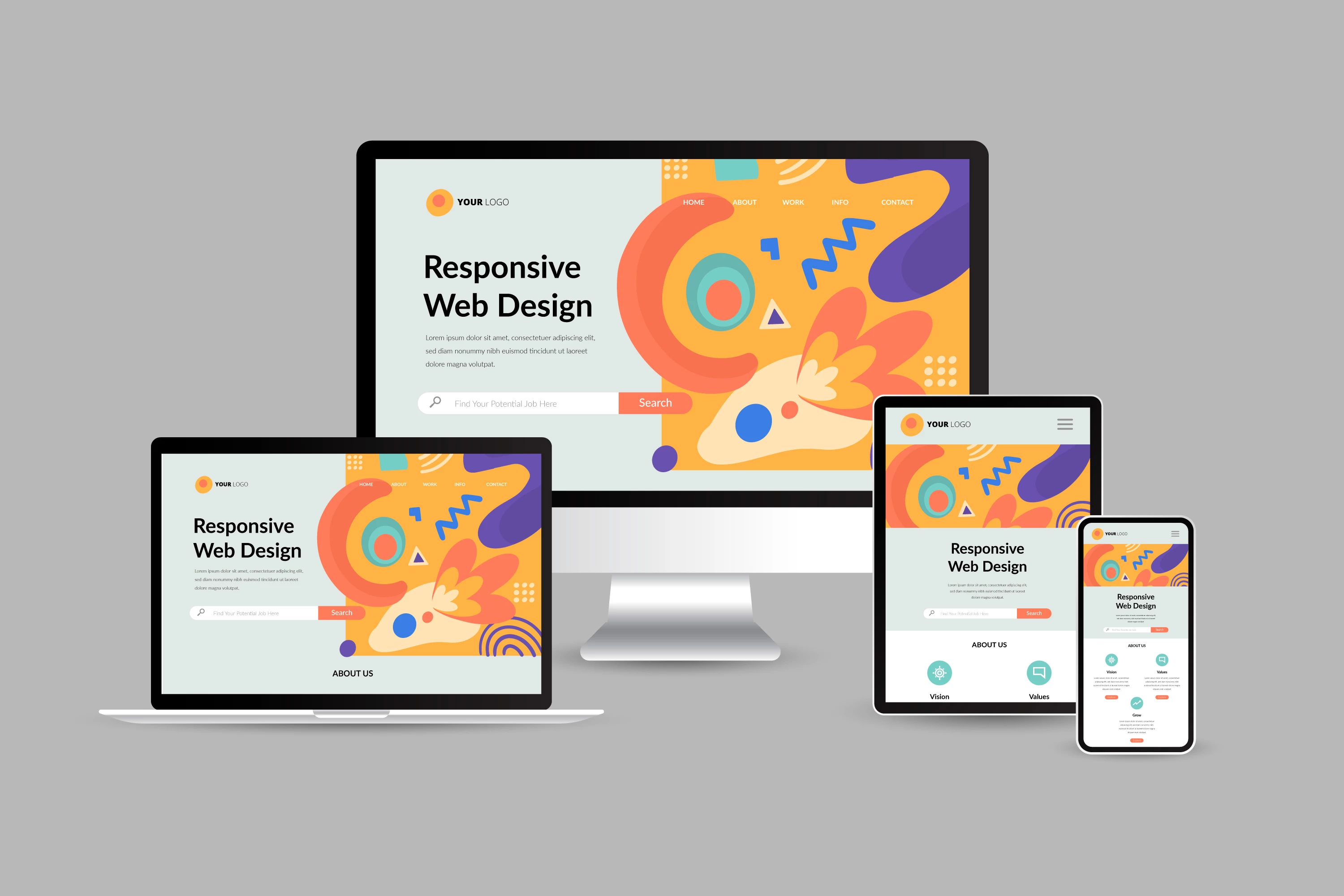Full Website Design Services for Corporate Sites
Full Website Design Services for Corporate Sites
Blog Article
Top Tips for Creating an Impactful Website Layout That Converts
To achieve this, one must take into consideration a selection of factors, consisting of recognizing the target audience, prioritizing customer experience, and optimizing for mobile systems. The calculated use of engaging call-to-actions and a distinct visual hierarchy plays a vital role in guiding individuals through their journey.

Understand Your Target Target Market
Recognizing your target audience is basic to efficient website design, as it prepares for developing an appealing user experience. Recognizing who your individuals are, including their demographics, choices, and habits, enables designers to tailor the internet site's material, format, and performance to fulfill certain needs.
Carrying out complete marketing research is crucial in this procedure. Surveys, meetings, and analytics can offer beneficial insights right into individual assumptions and pain factors. By compiling this data, designers can develop user characters that stand for different sections of the target market, ensuring that design choices are educated and relevant.
Additionally, comprehending the target market helps in choosing ideal layout elements such as color design, typography, and imagery that resonate with customers. A website that speaks directly to its target market fosters a sense of link and count on, encouraging longer check outs and greater conversion prices.
Eventually, a user-centered method to web site layout not just enhances user contentment but also supports company purposes by driving involvement and commitment. By focusing on the needs and choices of the target market, a site can efficiently offer its function and attain wanted results.
Prioritize Customer Experience
To boost the total performance of a site, focusing on customer experience (UX) is crucial (Website Design). A properly designed UX ensures that site visitors can navigate the website easily, discover info quickly, and engage with content meaningfully. This results in raised individual satisfaction and greater conversion prices
Begin by carrying out instinctive navigation. Menus should be logically structured, allowing customers to situate key locations of the website with very little initiative. Consistency in layout aspects, such as color design and font styles, promotes familiarity, which is crucial for keeping user involvement.
Furthermore, consider the packing rate of your site. A delay of simply a couple of secs can result in significant drop-offs, as customers are less likely to wait on a slow-loading page. Enhancing images and maximizing code can boost performance and preserve visitors.
By prioritizing user experience, you not just develop an extra enjoyable setting for site visitors yet also strengthen your brand's trustworthiness. Ultimately, a focus on UX is an investment in the long-term success of your internet site.
Optimize for Mobile Devices
Enhancing for mobile gadgets is essential in today's electronic landscape, where a raising variety of customers gain access to websites through smartphones and tablet computers. A mobile-friendly layout not only enhances user experience but also plays a substantial role in improving online search engine rankings. To attain this, it is vital to embrace a responsive design that automatically adapts to various More Info screen dimensions and alignments.

Packing rate is another essential element; mobile users are commonly much less individual and anticipate quick access to information. By prioritizing mobile optimization, you make certain that your internet site continues to be affordable and effectively engages a broader audience.
Usage Compelling Call-to-Actions
A web site's effectiveness commonly pivots on its capability to direct site visitors toward preferred activities, making engaging call-to-actions (CTAs) important components of design. CTAs serve as the critical factors that direct individuals to involve with the site, whether that indicates making an acquisition, registering for an e-newsletter, or downloading and install a source.
To develop reliable CTAs, quality is paramount. Usage concise language that plainly communicates the activity you want the individual to take. Phrases such as "Get going," "Register Free," or "Shop Now" not just share urgency yet additionally get rid of obscurity. The positioning of CTAs is equally important; they need to be purposefully placed throughout the website to guarantee they are quickly noticeable, particularly in high-traffic areas.
Additionally, the layout of CTAs must attract attention without being obtrusive. Use contrasting shades and clear fonts to guarantee they record attention. Additionally, think about making use of directional signs, such as arrows or photos, to guide users towards these buttons. By concentrating on these components, services can considerably boost customer involvement, driving conversions and inevitably accomplishing their website's goals.
Concentrate On Visual Pecking Order
Reliable website layout depends heavily on a well-structured visual power structure that overviews users with material flawlessly. By organizing elements in a way that find this focuses on details, developers can improve customer experience and promote decision-making. This includes utilizing dimension, color, contrast, and spacing purposefully to accentuate one of the most essential elements of a webpage.
The usage of larger fonts for headings and subheadings develops a clear difference in between various sections, permitting customers to check material easily. Additionally, utilizing contrasting colors for switches and calls-to-action can record customer interest and urge interaction. Whitespace is an additional necessary component; it avoids clutter and enables users to concentrate on essential messages without distractions.
Pictures and graphics need to complement the message while additionally sticking to the recognized power structure, enhancing the total message (Website Design). Consistency in style elements, such as color pattern and typography, more enhances the aesthetic pecking order, making navigation instinctive

Conclusion
In conclusion, effective internet site style demands a detailed understanding of the target audience, prioritization of customer experience, and mobile optimization. The critical use of compelling call-to-actions and a well-defined aesthetic hierarchy additionally boosts individual involvement. By carrying out these principles, websites can achieve higher conversion prices, guaranteeing that layout elements not only attract site visitors however additionally help with seamless navigation and interaction. Inevitably, a well-executed internet site layout works as an important component in driving customer activities and attaining business goals.
Report this page